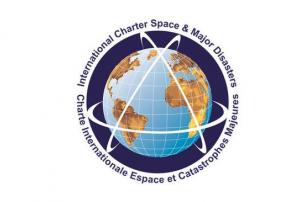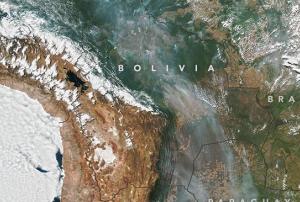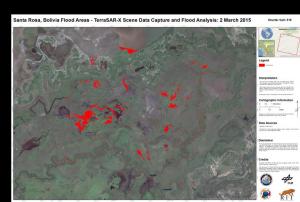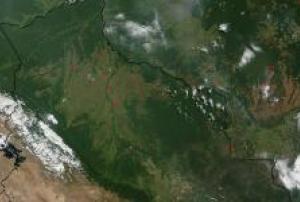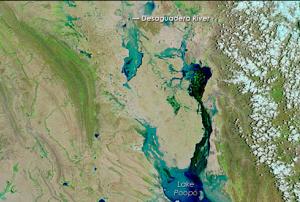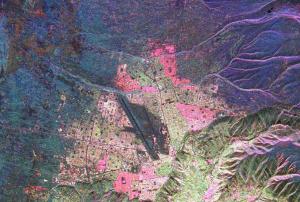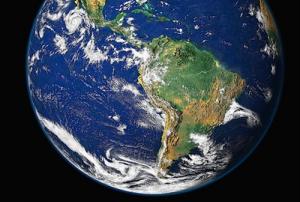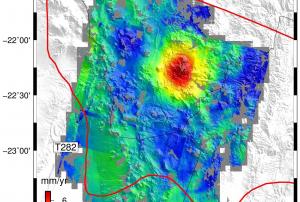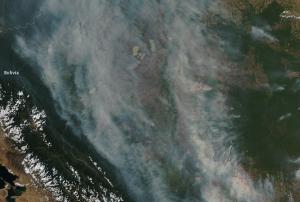The International Charter Space and Major Disasters has been activated for floods in Argentina and Bolivia.
River burst its banks in Salta Province
Heavy rains in the region caused the Pilcomayo river to overflow, leading to displacement of the local population and widespread damages. The river rises in the Andes in Bolivia and flows along the border between Argentina and Paraguay before joining the Paraguay river opposite Asunción.
The activation has been requested by the National Civil Protection Directorate of Argentina. The National Space Activities Commission (CONAE), a UN-SPIDER Regional Support Office, acts as the project manager for this activation.
Record rains cause flooding in several departments of Bolivia
Local authorities in Bolivia have declared a state of emergency for several departments affected by heavy rains. Disaster response teams indicated that around 50,000 citizens are being reallocated to shelters.
The overflow of...
more